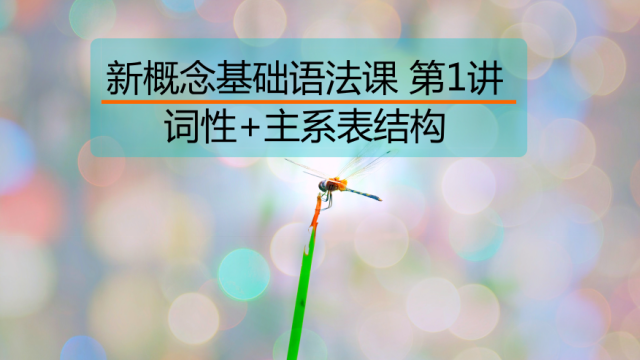英语一般将来时态的运用方法
一般将来时的用法有两种:1.表将来某一时刻会发生的动作或状态;2.表将来某一段时间内会发生的动作或状态。一般将来时主要用来表示将来会发生的动作或状态。常与表将来的时间状语连用。
一、英语一般将来时态的用法
1.表将来某一时刻会发生的动作或状态:The dog will have a house of its own this Friday.
2.表将来某一段时间内会发生的动作或状态:I will be at home for the whole coming week.
一般将来时主要用来表示将来会发生的动作或状态。常与表将来的时间状语连用:He will come here tomorrow.
二、英语一般现在时的用法
1.表主语现在所处的状态:The book is on the desk.
2.表主语的身份或职业:She is our English teacher.
3.表主语的特征或特点:The dog often barks at strangers.
4.表主语的能力:The cat can see well in the darkness.
5.表主语的国籍:Mary comes from Britain.
6.表主语经常性或习惯性的行为:Jack sometimes goes hiking by himself on weekends.
7.表主语的兴趣爱好:She likes reading novels very much.
8.表天气或气候:It is sunny today.
9.表客观事实或真理:Taiwan lies in the southeast of China.
三、英语现在进行时的用法
1.表此刻正在进行的动作
She is doing her homework now.
The children are playing games in the park at the moment.
2.表一段时间内正在发生的动作
Everyone's losing money these days.
They are preparing for the coming test this week.
3.表将来
主要用于表示按计划或安排要发生的动作,常有“意图;决定”的意思。这类动词多为表示位置移动变化动词,如arrive、come、get、go、leave、return等。如:
They are getting married next month.
She is arriving by train tomorrow.
4.表习惯
现在进行时与频度副词连用,常用来表示习惯性行为,但说话的时候该行为不一定正在进行。如:
She is always talking nonstop. (她总是说个不停。)
He is constantly interfering in my affairs. (她老是干预我的事。)
以上就是小编给大家分享的英语时态学习内容,希望可以给大家学习带来帮助。
如果您对英语学习感兴趣,想要深入学习,可以了解沪江网校精品课程,量身定制高效实用的个性化学习方案,专属督导全程伴学。扫一扫领200畅学卡
- 相关热点:
- 工商管理











